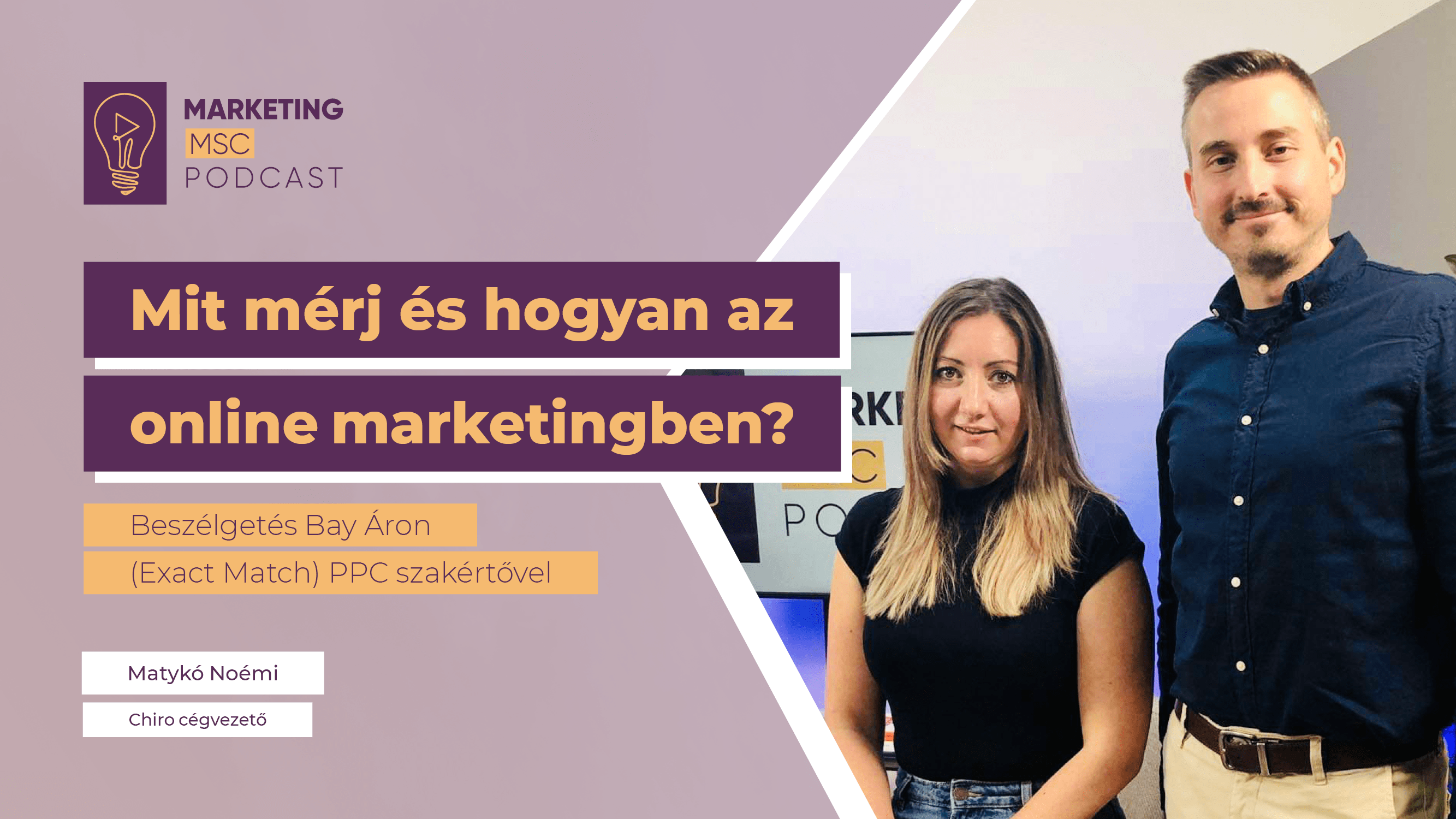Anyone following the Hungarian domestic marketing scene has surely encountered the recent PR and communication scandal surrounding a local Nissan campaign. Among the reactions among marketing professionals, the phrase “bad publicity is still publicity” was surprisingly common – but is it really true? In the following, we investigate this through practical examples. But before we dive in, it’s important to state that such communication blunders can be avoided with a well-thought-out online marketing strategy, as conscious planning assesses not only the goals but also the potential risks.
The Origin and Popularity of the Saying
The principle “bad publicity is still publicity” is built on the logic of the attention economy. It draws from historical examples like Oscar Wilde’s famous quip: “The only thing worse than being talked about is not being talked about.” This 19th-century idea originated in a media environment where access to the public was much more limited, and the impact of a scandal remained constrained in time and space.
P. T. Barnum, the legendary circus magnate, perfected this logic: he often intentionally created scandals and controversies around his shows. For example, he lured audiences with exhibitions of fake giants and mermaids or deliberately misleading advertisements. Back then, this worked because by the time the deception was revealed, the spectator had already paid for the ticket, and the show could simply move on to the next town. However, in today’s digital age, such a strategy carries serious risks. Social media amplifies and globalizes any scandal in moments, and due to the digital footprint, these negative events can tarnish a brand’s perception years later.
On the flip side, scandalous content can reach millions lightning fast. The result is that among attention-seekers this theory gained popularity with the rise of social media. The promise of quick success still leads many to believe that divisive content automatically provides an advantage because it garners more attention than a traditional, “well-behaved” campaign. This short-term thinking, however, ignores that the goal of online marketing isn’t just to capture attention, but also to build and protect the brand’s long-term reputation and values.
Why Does This Strategy Seem Attractive?
Gaining attention is more valuable today than ever – a common refrain, and there’s truth to it. The average consumer encounters thousands of advertising messages daily, making it increasingly difficult to stand out from the noise. It’s no wonder many marketers suggest the path of least resistance: if we can’t be better, let’s be louder or create a bigger scandal. In the age of information overload, a provocative campaign can generate significant attention almost instantly – but does this attention truly achieve the desired effect?
Let’s look at some memorable examples:
Benetton’s shocking advertising campaigns in the 1990s
This campaign revolutionized the advertising industry. The clothing brand deliberately tackled socially sensitive topics (AIDS, war, the death penalty) in its ads, issues the mainstream media barely discussed at the time. Perhaps the most famous was the image of David Kirby dying of AIDS, shown in a Pietà-like composition surrounded by his family. The campaigns caused huge outrage, but – and this is the crucial difference compared to many modern cases – Benetton didn’t aim to shock merely for shock’s sake. Oliviero Toscani, the photographer behind the campaigns, aimed to spark genuine social dialogue. The brand consistently represented its values, and although sales increased, the focus remained steadfastly on social responsibility.

Burger King’s 2021 International Women’s Day Twitter scandal
In contrast, consider Burger King’s International Women’s Day scandal. The fast-food chain launched its campaign with the provocative tweet “Women belong in the kitchen.” Although the follow-up clarified their goal was to support female chefs and highlight their underrepresentation in the profession, the context-free initial message ignited such a firestorm that they ultimately had to delete the entire campaign. This is a perfect example of a brand sacrificing message integrity for attention – and ultimately losing more than it gained.
Elon Musk’s continuous media presence
The CEO of Tesla and SpaceX regularly causes a stir with his posts and divisive statements. Although these often provoke negative reactions and occasionally impact the value of Tesla or X (formerly Twitter), the constant media spotlight still contributes to his brands’ visibility. However, this strategy also carries significant reputational risks – and lately, particularly concerning his US government interactions, criticism that his public appearances are detrimental is growing louder.
Why is the “Bad Publicity is Still Publicity” Approach Dangerous?
The provocative marketing strategy harbors serious risks:
1. Loss of Brand Loyalty and Trust
- Alienating loyal customers: A scandalous campaign can instantly drive away the most devoted customers.
- Erosion of trust: Trust in a brand is built over years but can be shattered by a single poor decision.
2. Long-Term Business Damage
Negative publicity doesn’t just fail to guarantee more sales; it often actively harms business results. This was dramatically exemplified by the Bud Light “Up For Whatever” campaign disaster in 2015. The brewery launched a seemingly creative and playful campaign, printing over 140 different, fun slogans on its beer bottle labels. The concept was simple: inspire consumers with messages encouraging spontaneous adventures. Initially, the campaign received positive feedback; consumers appreciated the brand’s lighthearted, youthful tone.
However, one poorly worded message torpedoed the entire campaign: “The perfect beer for removing ‘no’ from your vocabulary for the night.” What likely seemed like just another edgy slogan about spontaneous fun to the creative team took on a sinister meaning in the eyes of consumers. The scandal exploded on social media almost instantly: the slogan was widely interpreted as making light of sexual consent and implicitly endorsing rape culture.
Bud Light was immediately forced into a defensive stance. Despite attempts to explain the slogan was misunderstood and unintentional, the damage was done. Sales dropped significantly, several retail chains pulled the product, and perhaps most importantly, the brand lost the trust equity it had built over decades. This case perfectly illustrates how a single flawed message can derail an otherwise well-conceived campaign and inflict long-lasting business damage.
3. Reputational Risks
Lest we think such grave errors are confined to marketing communications, the United Airlines scandal of 2017 demonstrated that any corporate communication misstep can be fatal to a brand’s reputation. The story began with an overbooked flight – a routine, if unfortunate, situation. However, when not enough volunteers agreed to take a later flight, the airline made a decision that permanently damaged its image: security personnel forcibly removed a passenger, 69-year-old Dr. David Dao, from the plane.
Video footage of the incident, showing Dr. Dao being dragged down the aisle with a bloody face, went viral within hours. But what followed was a textbook example of crisis mismanagement: the United Airlines CEO, instead of issuing an immediate apology, initially attempted to blame the passenger. This display of corporate arrogance added fuel to the fire, igniting a widespread backlash against the airline on social media.
Only mounting public outrage and a plummeting stock price finally prompted the company to reverse course and offer a sincere apology – but by then, the reputational damage was irreparable. This incident starkly illustrates how a poor decision compounded by inadequate communication can trigger a crisis from which recovery takes years, if it’s possible at all.
- Thorough Planning: Test every campaign concept with diverse target groups before launch.
- Respect for Values: Ensure all communications align with the brand’s core values and positioning.
- Swift & Honest Reaction: If a mistake occurs, address it quickly, transparently, and sincerely.
Final Thoughts
“Bad publicity is still publicity” is a dangerous myth that risks long-term brand value for fleeting attention. While controversy can occasionally play a constructive role, history records many more instances where the final tally is negative. If you want to delve deeper into why this strategy is ill-advised and explore how to build sustainable brand value instead, listen to the 48th Marketing MSc podcast episode, where we analyze the topic in detail with more compelling examples!




